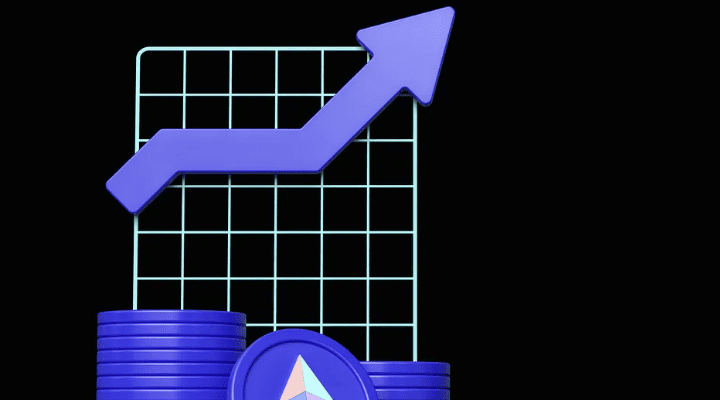
Following Ethereum’s Shanghai upgrade, there’s been an observable surge in Ethereum or ETH staking. The staking inflows have increased substantially, leading to a significant growth in earnings from staked ETH, primarily due to rising network usage. This phenomenon has made Ethereum staking a topic of increased interest in the realm of cryptocurrency.
Liquid staking tokens (LSTs), such as Lido’s stETH and Rocket Pool’s rETH, are commonly used to earn staking rewards. These tokens represent staked Ether in addition to the rewards accrued, thereby providing a simplified approach to achieving ETH staking yields.
The Emergence of United staking
In earlier times, to achieve substantial staking rewards, users were required to stake a minimum of 32 Ether and manage a validator node. However, recent advancements have introduced options like United staking, a liquid staking yield aggregator for Ethereum. Subjected to audits by reputable firms and promising to double the Annual Percentage Yield (APY) earnings from LSTs, United staking has managed to attract over $10 million in Total Value Locked (TVL) since its debut in May.
How Does United staking Work?
The primary function of United staking (OETH) is to maximize ETH staking yield by efficiently utilizing top liquid staking protocols and DeFi strategies. Users have the option to deposit ETH, stETH, rETH, or frxETH as collateral and receive OETH tokens in return. The United staking protocol deploys these funds into DeFi applications to earn token rewards and trading fees, which are then redistributed to OETH holders as additional yield.
OETH operates as a rebasing token, meaning that the token quantity in the holder’s wallet increases as rewards are accrued. For instance, if a user holds 10 OETH and achieves an APY of 10% over a year, their OETH holding will increase to 11 at the end of that period. Staking with OETH requires no gas fees, and the tokens remain fully liquid at all times, eliminating the need for traditional staking and unstaking procedures.
Ethereum holders can exchange their ETH for OETH using decentralized exchanges (DEXs) like Curve or Uniswap. The ETH-OETH Curve pool currently holds over $4 million in liquidity, the highest liquidity for United staking among DEXs. Alternatively, users can mint OETH directly from the decentralized application (dapp) by depositing ETH, stETH, rETH, or frxETH into the United staking Vault.
In conclusion, Ethereum staking offers potential rewards, and the introduction of platforms like United staking may enhance these opportunities. However, potential investors should thoroughly understand the risks involved and ensure they’re making informed decisions based on comprehensive research.
The future of Ethereum staking is continually evolving, and it’s critical to stay updated on these developments. Understanding the dynamics of platforms like United staking can be valuable for anyone interested in Ethereum staking, but one should never rely solely on third-party information. It’s essential to stress that users must always DYOR before making any investment decisions in the crypto space. This article aims to provide an overview of United staking and its role in Ethereum staking but is not intended to serve as financial advice.